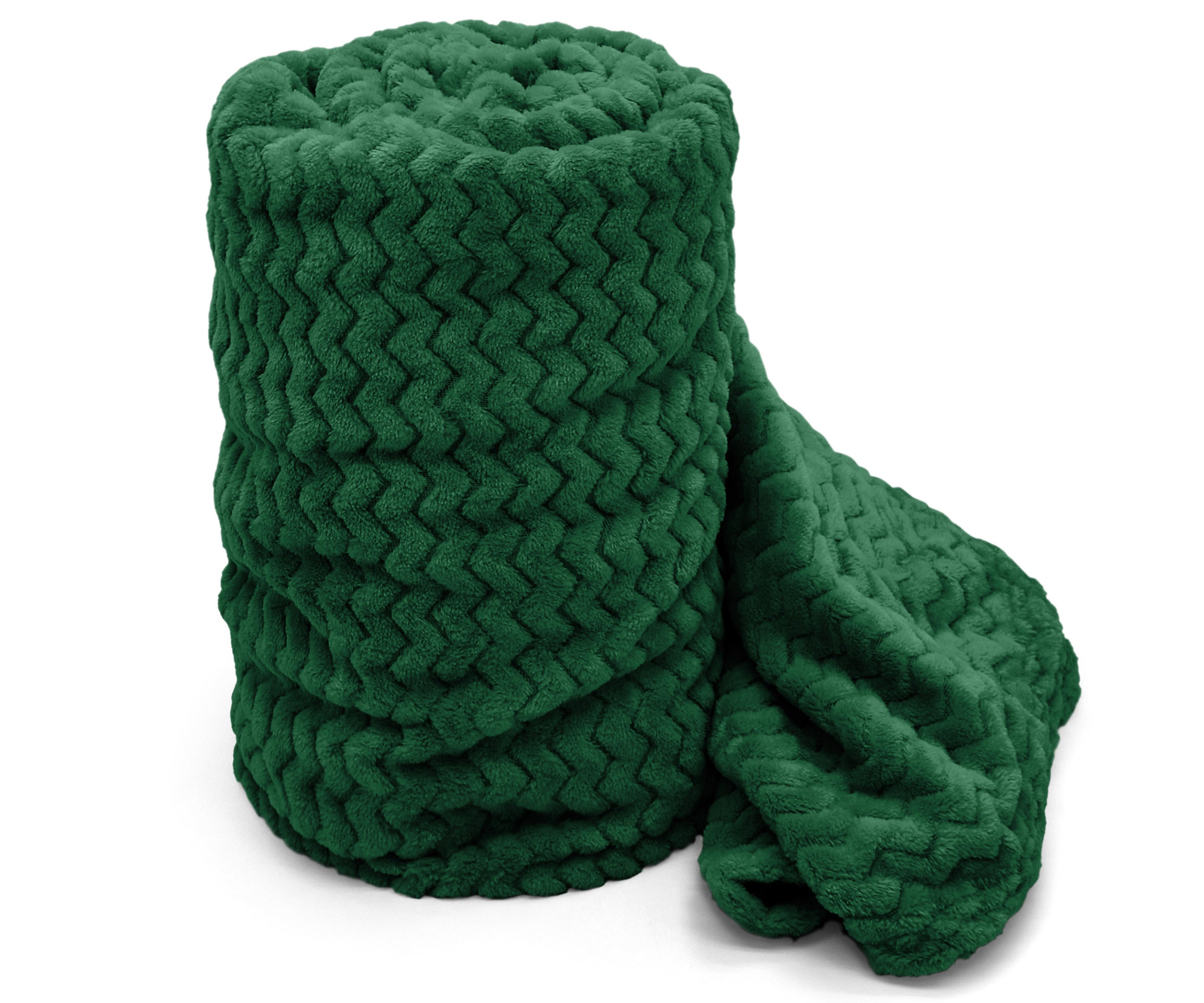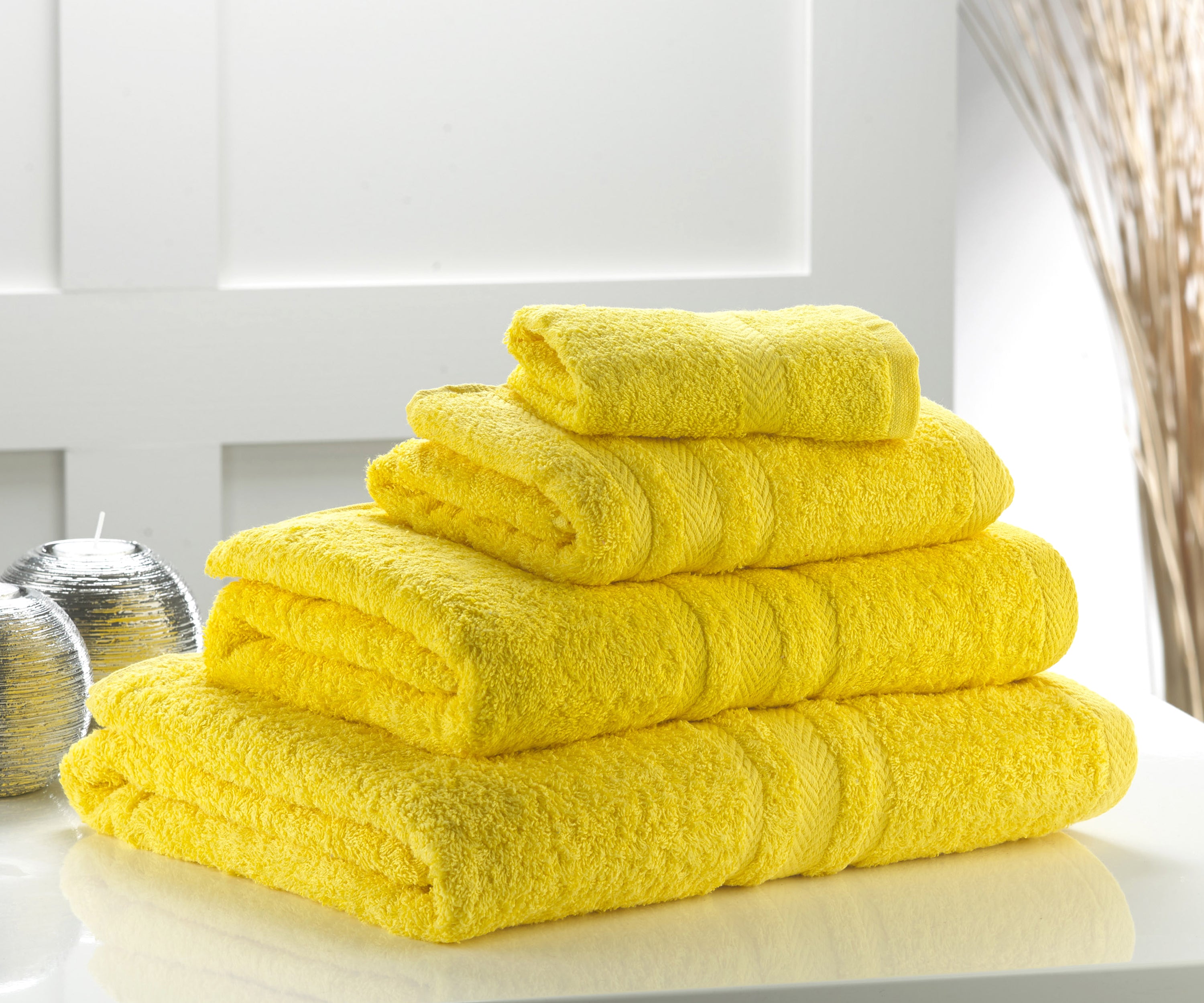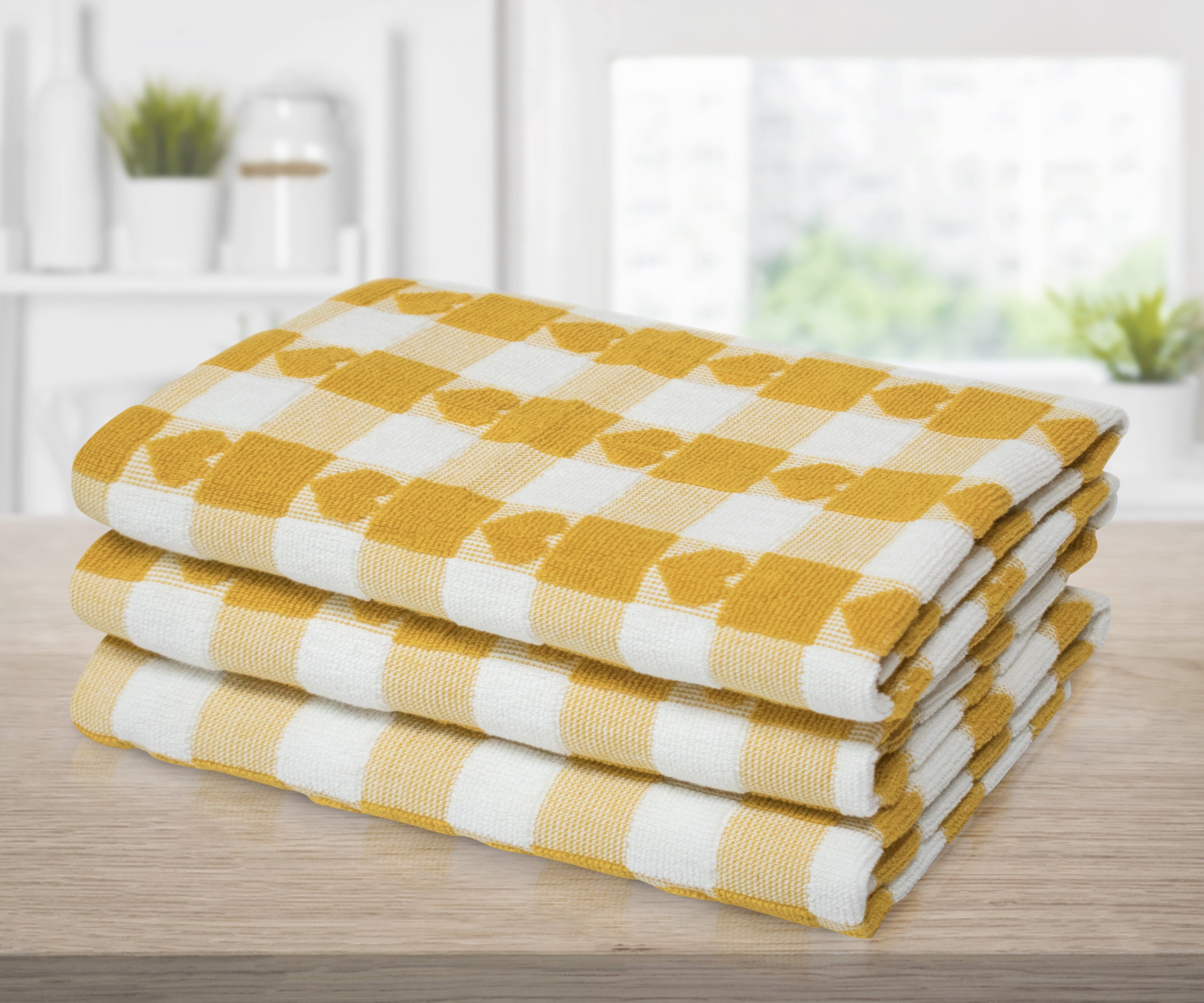Your bedroom is your sanctuary, a place of relaxation and rejuvenation. Amidst the cosy blankets and plush pillows, your duvet cover plays a crucial role in creating a comfortable and stylish sleep haven. But have you ever wondered how often you should wash and change your duvet cover to ensure a clean and hygienic sleep environment?
In this article, we will unravel the mystery surrounding the proper care of your duvet cover. We'll delve into the factors that influence its washing frequency, offer recommendations tailored to different lifestyles and explore the telltale signs that indicate it's time for a change. With practical tips and guidelines at your fingertips, you can elevate your bedding routine and enjoy the ultimate sleep experience in a fresh and inviting sleep space. Let's embark on this journey to discover the perfect balance between comfort, cleanliness and effortless duvet cover maintenance.

How often should you wash your duvet cover?
How often you should wash your duvet cover depends on various factors that contribute to its level of dirt and allergen accumulation. Among these factors are body oils, sweat, dust and allergens that settle onto the fabric during use.
As a general guideline, you should wash your duvet cover every one to two weeks. This frequency strikes a balance between maintaining a clean and hygienic sleep environment without excessive wear and tear from frequent washing.
If you suffer from allergies or respiratory conditions, washing your duvet cover weekly - or perhaps even more regularly than that - may be beneficial in reducing allergen buildup and improving sleep quality.
How do you know it’s time to clean your duvet cover?
Aside from adhering to a regular washing schedule, certain signs can indicate when it's time to wash your duvet cover more urgently. Some common indicators include:
- Noticeable stains or spills. If you notice any stains or spills on the duvet cover, it's best to address them promptly to prevent them from setting in.
- Lingering odours. If your duvet cover starts to emit an unpleasant odour, it's a clear signal that it requires washing.
- Allergy symptoms. If you experience increased allergy symptoms or respiratory discomfort, it might be a sign that allergens have accumulated on the duvet cover and necessitate washing.
- Pets on the bed. If you have pets that frequently share the bed with you, consider washing the duvet cover more often to remove pet hair and dander.
How to wash your duvet cover
Before tossing your duvet cover into the washing machine, it's essential to properly prepare it for a successful and efficient wash. Start by removing the duvet itself from inside the cover. If your duvet cover has zippers or buttons, make sure to close them securely to prevent tangling or snagging during the wash cycle.
Different duvet cover materials may require specific washing instructions to maintain their quality and extend their lifespan. Always check the care label attached to your duvet cover for specific guidelines from the manufacturer. While most duvet covers can be machine-washed, delicate materials like silk or textured fabrics may need gentle or hand washing to avoid damage.
For machine-washable duvet covers, use a gentle cycle with cold or lukewarm water to prevent excessive shrinkage or colour fading. If the cover is heavily soiled or stained, pre-treat the affected areas with a mild detergent or stain remover before washing. Avoid using harsh chemicals or bleach on coloured or patterned duvet covers, as they may cause discoloration or damage the fabric.
To preserve the vibrant colours and fabric quality of your duvet cover, consider the following tips:
- Wash separately. When washing a duvet cover for the first time, it's advisable to wash it separately from other laundry items to prevent colour bleeding or transfer.
- Use gentle detergents. Opt for a mild and gentle detergent specifically formulated for delicate fabrics. Harsh detergents can break down fibres and affect the overall softness and appearance of the duvet cover.
- Avoid overloading the washing machine. To ensure thorough cleaning, avoid overloading the washing machine with too many items. Adequate space allows for proper water circulation and gentle agitation.
- Select proper drying methods. Most duvet covers can be tumble dried on a low heat setting or line-dried in the shade. Avoid direct sunlight, as it may cause colour fading over time. For fabrics prone to wrinkling, removing the duvet cover from the dryer promptly and smoothing it out can help minimise creases.
How to care for your bedding between washes
While regular washing is essential for maintaining clean and hygienic bedding, there are also simple yet effective care practices that can prolong the freshness and comfort of your bedding between washes.
In between washing your duvet cover, it's essential to maintain the cleanliness of the duvet itself. Regularly shaking and fluffing the duvet helps dislodge dust, allergens, and dirt that may have settled on the surface. Take the duvet outdoors if possible and give it a gentle shake to release any accumulated particles. Then, fluff the duvet by pulling and patting it to ensure even distribution of filling and a fresh, comfortable sleep surface. This practice not only minimises dirt buildup but also helps retain the loft and insulating properties of the duvet.
As much as we love our furry friends, their shedding can contribute to the buildup of hair and dander on our bedding, including the duvet cover. To reduce pet hair accumulation and minimise the need for frequent duvet cover washing, consider establishing a pet-free zone on the bed. Train your pets to stay off the bed or provide them with a designated pet bed to enjoy their own cosy space. Regularly grooming your pets can also help control shedding and further reduce hair on the bedding.

























